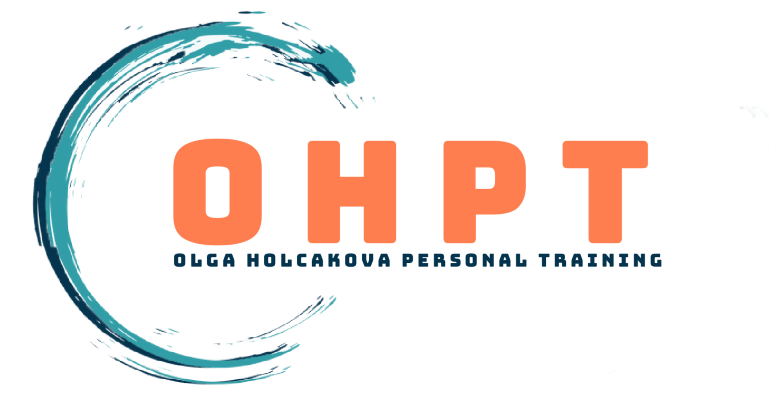Nowadays we find more and more research encouraging elderly people to take part in physical activities for various reasons – from keeping their muscle mass, maintaining bone density or to being capable of carrying on the normal daily activities.
After the age of 40, our muscles start losing 5-10% of their strength each year, which can affect our daily activities and tasks such as getting on and off cars, buses or trains, pushing or pulling heavy doors or carrying few shopping items.
The older we get the more we start evaluating our mobility and the ability to do aerobic exercises. Crossing road even at slower or moderate pace can start being challenging and climbing stairs could seem like a climbing a Mount Everest.
The main goal of strength training is keeping ourselves fit, and being able to be part of the very precious moments with our loved ones. Being able to be independent and mobile.
If you can afford to pay a gym membership I would recommend you to speak to a Personal trainer, who specialises in training elderly people, who can advise you what exercises would be the best for you or is even able to create a specific strengthening program, which would suit your needs and take on board any health related problems you might have.
I often start a strength training program with resistance machines, which are safe to use and giving you additional support for your spine. They are good starting points especially if you are new to strength training as you will learn how to perform each exercise with a correct technique and also will help you to slowly increase your muscle strength.
Depending on the client’s progress I then start using more free weights as they play a major part in improving motor skills and increasing flexibility. Start with 1 to 2 strengthening training sessions a week 30-45min long. Perform 15 reps for each exercise gradually increasing the load, intensity, and frequency. Focus always on compound movements involving the main muscle groups like lower, upper body but also your back or core muscles.
Keep in mind that strength adaptation can take longer in elderly people so be patient and be consistent.
I also understand that not everyone has an access to the gym. Performing a strengthening program from your home is also possible even without owning a pair of dumbbells. You can use chairs, small bottles, cans or books.
Lastly, keep in mind that what you eat is as important as your exercise routine. Ideally speak to a dietitian or a Personal trainer, who provides a nutritional advice to help you with your nutrition plan. In order to build muscles you have to follow a balanced dietary plan, making sure you eat enough of all three macronutrients – carbohydrates, protein, and fat as well as knowing how to efficiently fuel your body before and after the workout.

